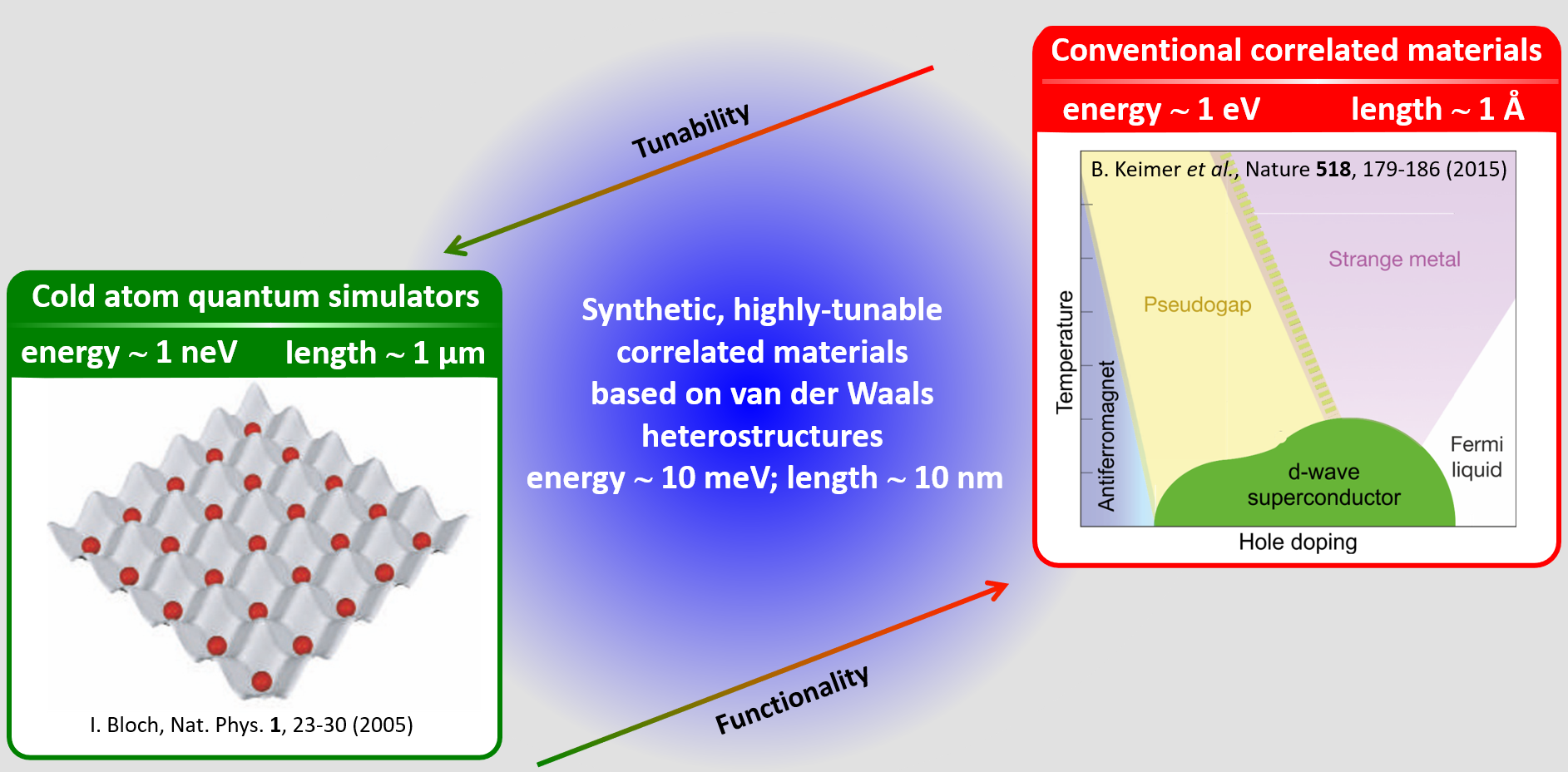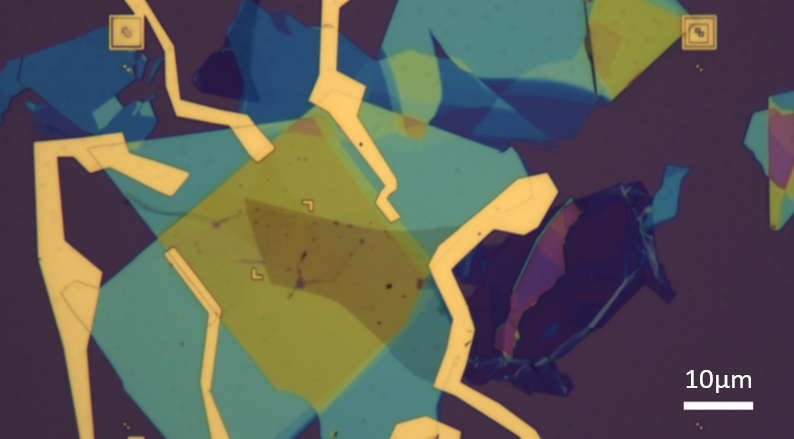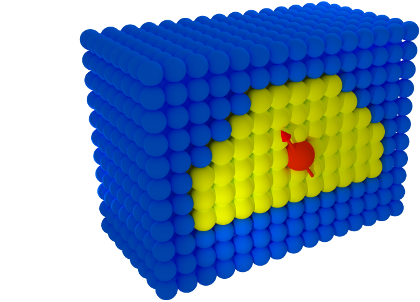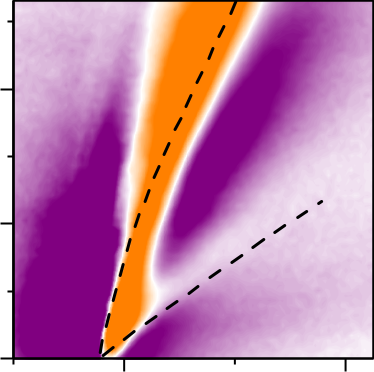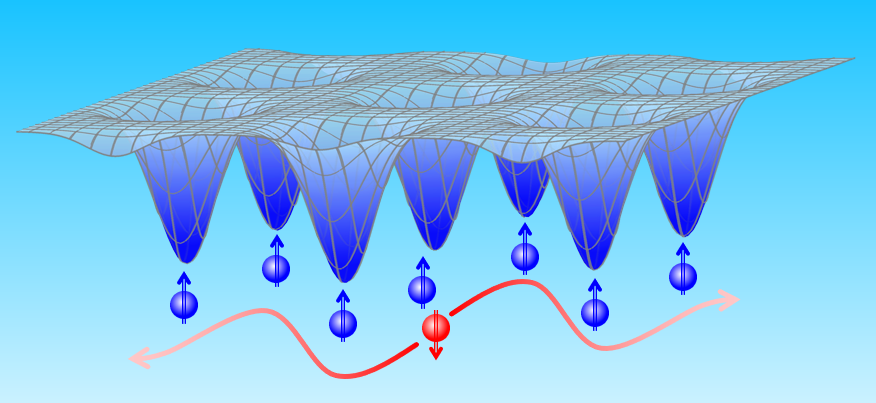Search for new phases of matter using synthetic van der Waals heterostructures
1. Design and fabrication of innovative charge-tunable devices based on atomically-thin layers of transition metal dichalcogenides, graphene, hexagonal boron-nitride etc.
2. Developing opto-electronic techniques for sensing strongly correlated electronic phases (such as Wigner crystals, fractional quantum Hall states, correlated Mott insulators etc.) in those devices
3. Exploiting high magnetic fields (up to 16 T), ultra-low temperatures (down to 10 mK) and ultra-high vacuum to access electronic correlations.
1. Optimizing performance of spin memories based on single magnetic dopants embedded in molecular-beam-epitaxy-grown semiconductor quantum dots by:
- prolonging the information storage time in such systems by engineering the quantum dot material,- tailoring the ground state of a magnetic dopant with strain,
- implementing novel optical techniques for orienting the dopant spin.
2. Exploring spin dynamics or the effects of exchange interaction between the spin of magnetic ion and that of electrons/holes.


